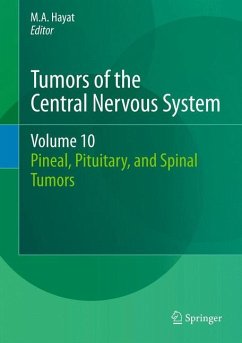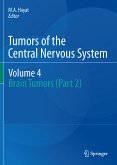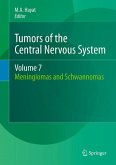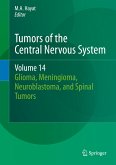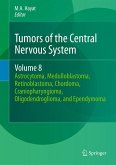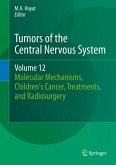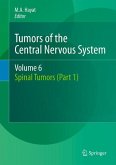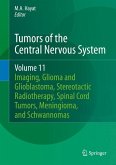The volume synthesizes work on diagnosis, drug development, and therapeutic approaches that are typically scattered in a variety of journals and books. It features promising recent work in applying molecular genetics to clinical practice and evidence-based therapy, covering molecular profiling of tumors as well as a number of surgical treatments such as resection and radiosurgery. Together with its counterpart publications, it represents a much-needed central resource that will inform and guide future research efforts.
Dieser Download kann aus rechtlichen Gründen nur mit Rechnungsadresse in A, B, BG, CY, CZ, D, DK, EW, E, FIN, F, GR, HR, H, IRL, I, LT, L, LR, M, NL, PL, P, R, S, SLO, SK ausgeliefert werden.
"This is an outstanding book on every molecular mediator of cancer stem cells, angiogenesis, surface markers, and CAD mediators of oncogenesis in the brain. ... This is a very good book for neuropathologists and neurosurgeons. ... I have no reservations about recommending this book for scholars interested in the field." (Joseph J. Grenier, Amazon.com, June, 2014)

